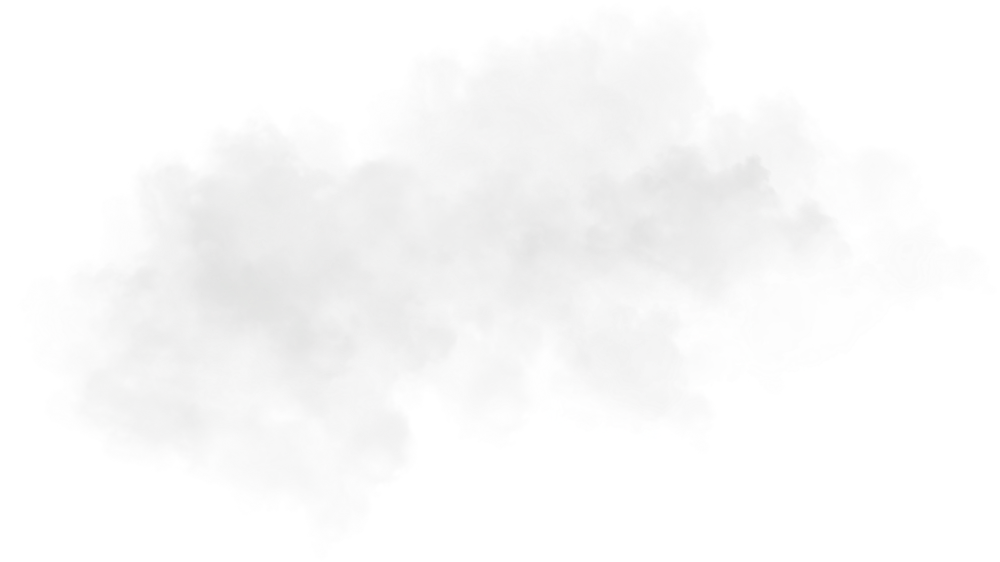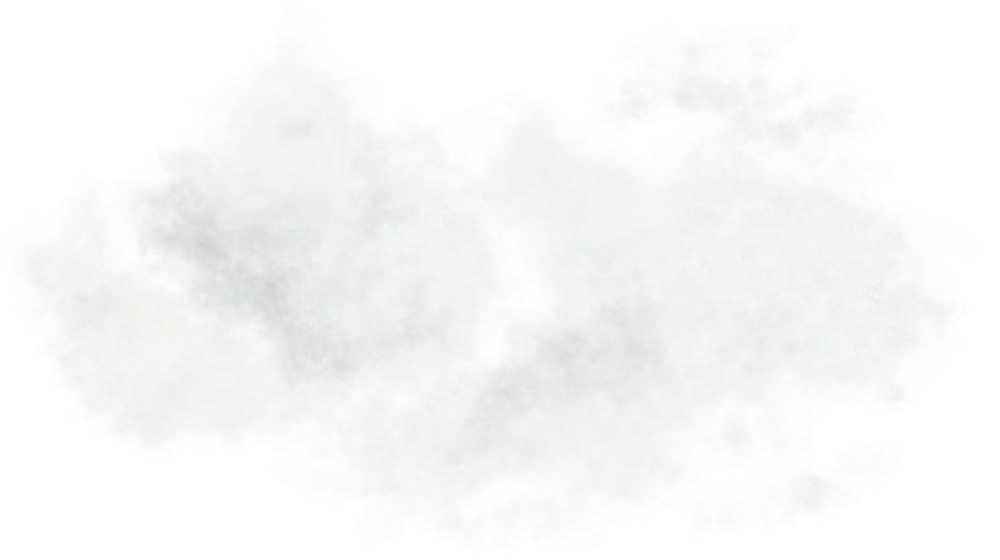Wildland
The name Artense might suggest the memory of the bear, once very present in our remote mountainous regions of the Auvergne. Even today, our forests bear witness to the wild, primordial aspect that once characterized them. At the bend of a path, overhanging a cliff, or on the banks of a river, a representative of the animal world can sometimes be seen in a furtive appearance.



A landof forests
Forests are ubiquitous in Sumène Artense, on steep river slopes, in folds of land or on the shores of lakes.
Located at the confluence of the Petite and Grande Rhue rivers, the Algères forest has existed for over 10,000 years, having been established just after the last ice age. It stretches over 1,000 hectares of fir, beech, oak, lime and ash trees… Between deciduous and coniferous trees, this land is home to a host of insect, plant and moss species relics of the last ice age.

Thedeer
When autumn comes, the forests of Little Scandinavia resound with the hoarse, powerful cry of the stag’s bellow. When the mating season is in full swing, the hinds gather at the “bellowing places”. The many suitors gathered around the females compete in impressive vocal jousting matches, sometimes culminating in antler-on-antler combat.

Thechamois
Having disappeared from the region, the chamois was reintroduced to Auvergne in 1978. From the Cantalien peaks, certain populations gradually descended towards the Rhue gorges, where the animal thrives. They are particularly fond of cliffs, old lava flows and the cool, shady forest.
Certain trails are ideal for observing the animal, such as Le plateau de Fournols (PR9) at Champs-sur-Tarentaine or Entre Rhue et Couzans (PR13) from Cheyssac.

Otherremarkable species
Classified as a world biosphere reserve by UNESCO, the Upper Dordogne Gorge is home to rare and protected species of flora and fauna, including the Short-toed Eagle, Black-crowned Night Heron, common otter, pauciflora sedge, scolopendra fern and spider’s web houseleek.
The Tact trail (PR1), around the lake of the same name, offers an educational way to discover the wild fauna, with a bird observatory in the middle of the route.

